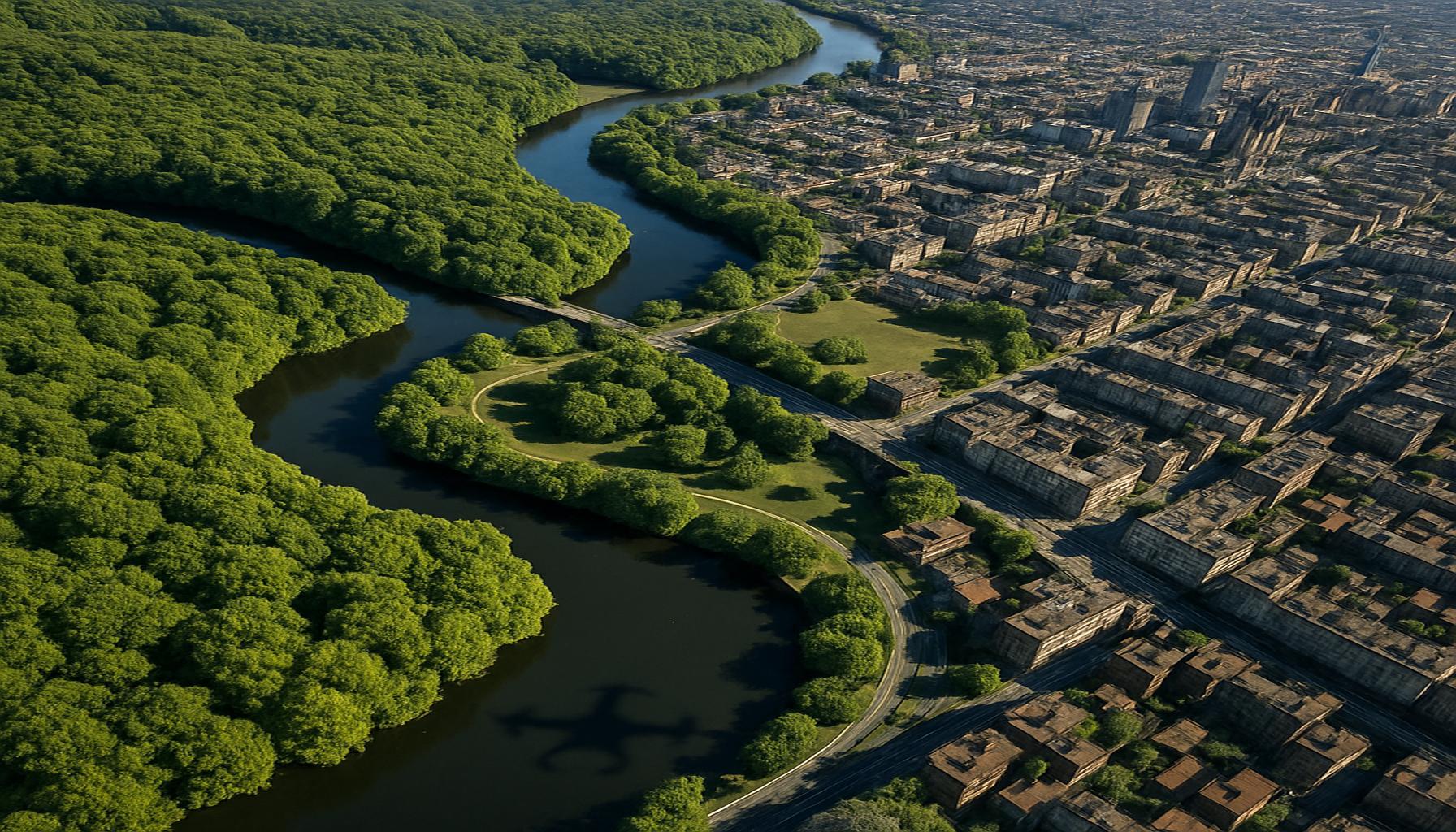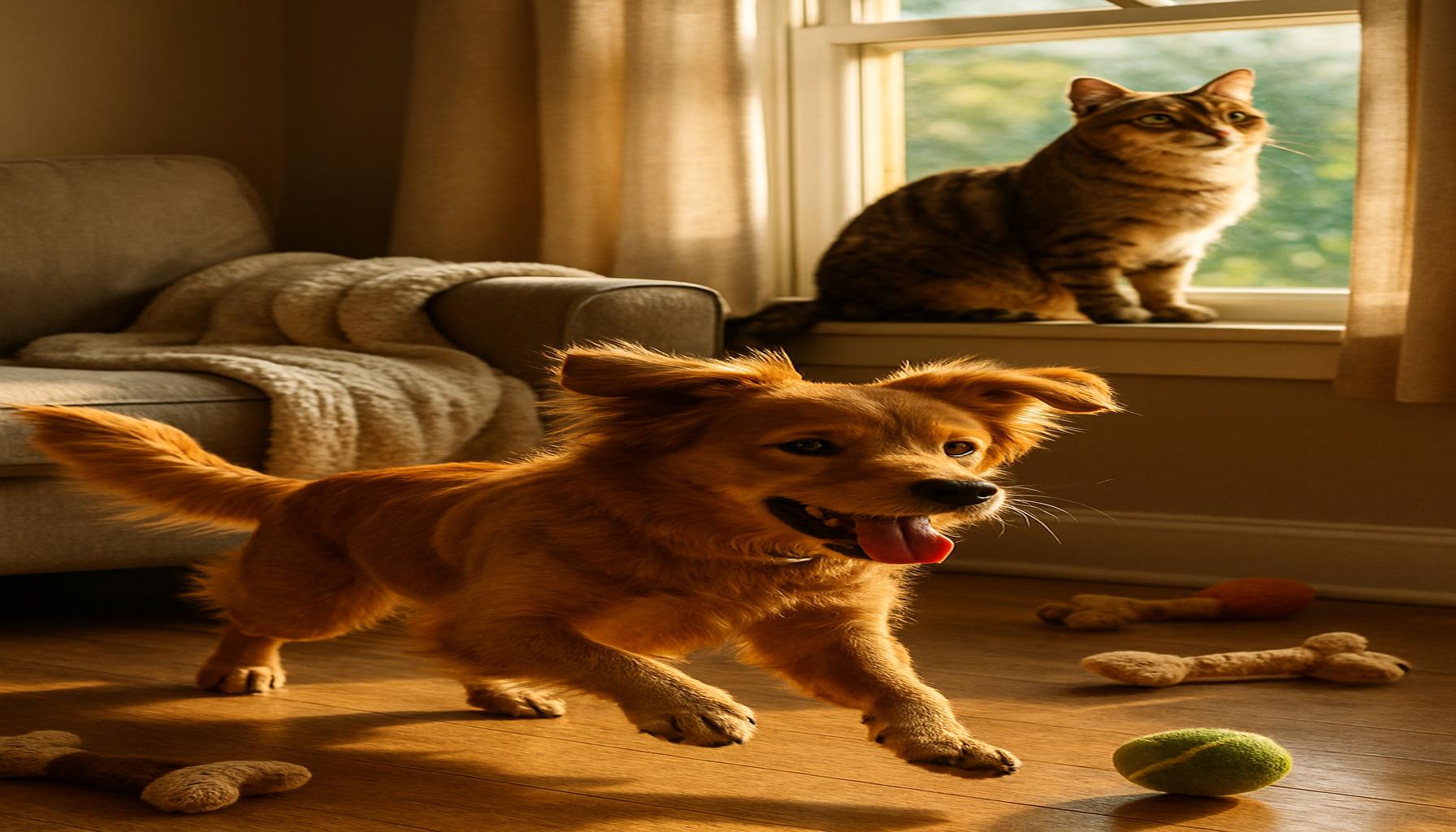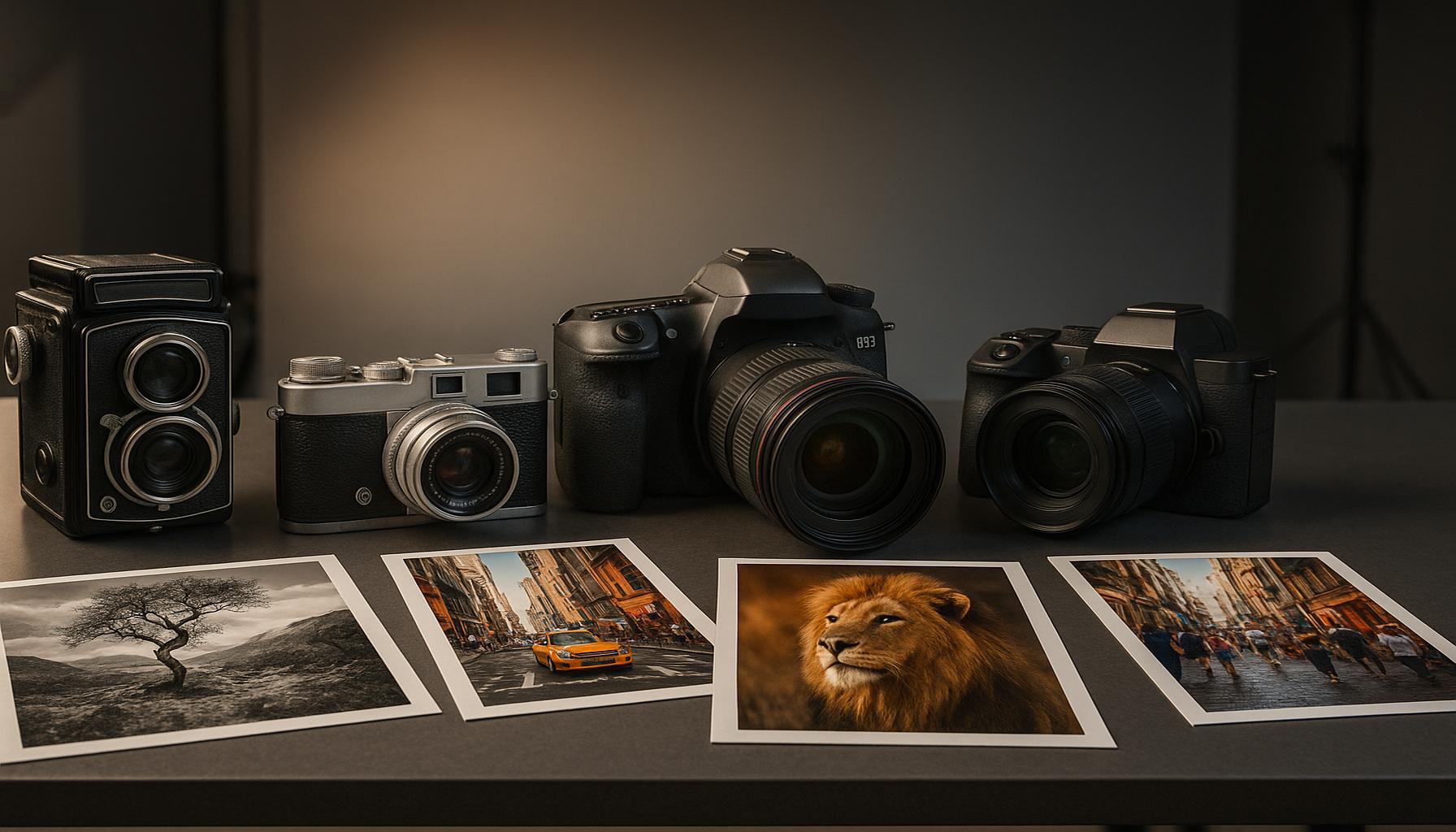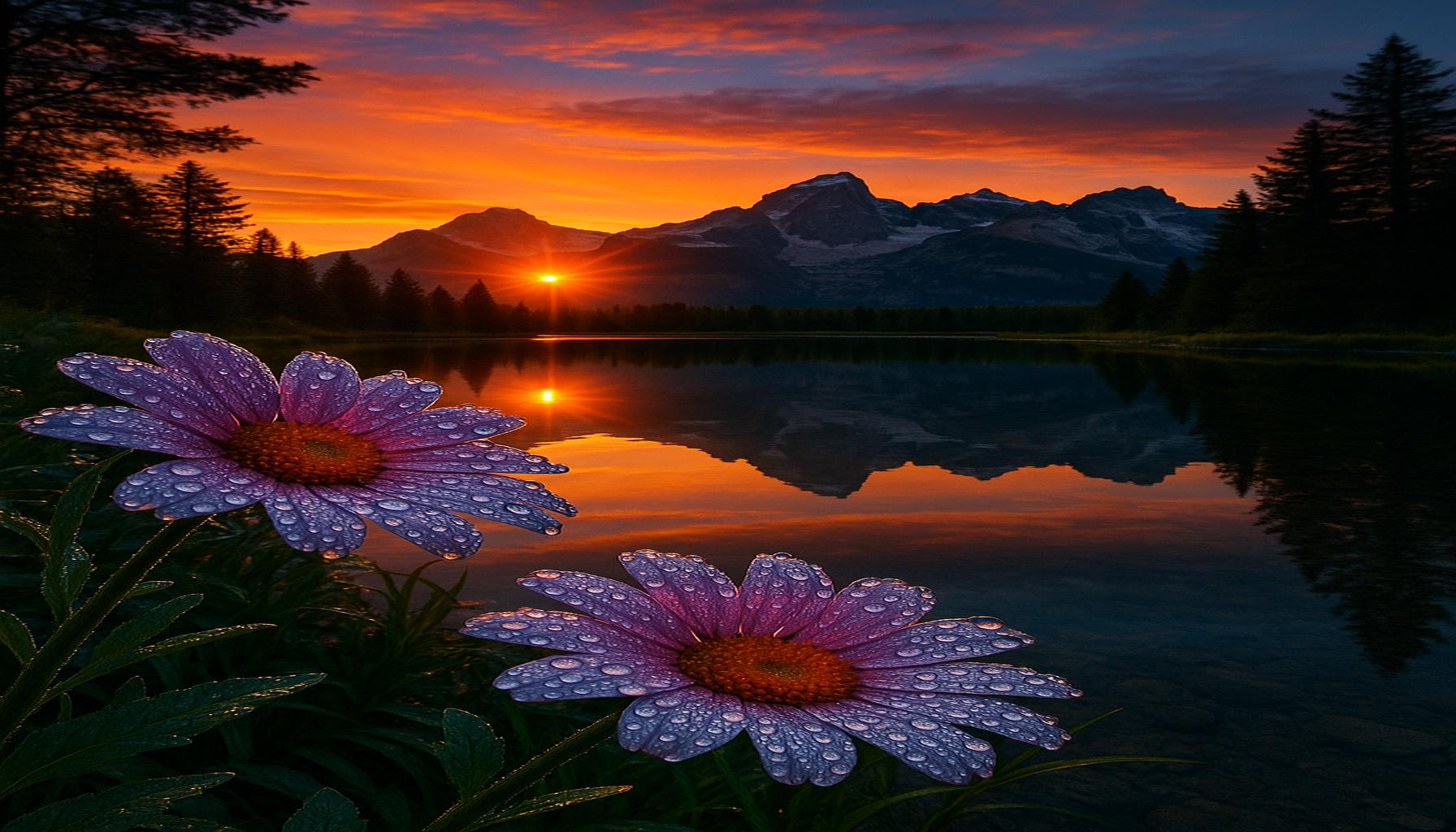Aerial Photography: Exploring New Perspectives with Drones and Capture Techniques

Exploring the World from Above
Aerial photography has fundamentally changed our perspective of the world around us. With the evolution of drones and advanced capture techniques, photographers now have the ability to experience and document breathtaking vistas that were once out of reach. This innovative form of photography combines the technical marvels of modern technology with the eye of an artist, creating a unique blend that captures the essence of landscapes and urban settings from aforementioned heights.
Central to this transformation is the advent of drones, which offer unparalleled accessibility to challenging locations. Whether it’s capturing the vast, rugged terrains of the Grand Canyon or the intricate architectural designs of skylines in cities like New York, drones can navigate terrains that would be difficult for traditional photography equipment. For instance, capturing a bird’s-eye view of a beach or a remote forest area enables photographers to reveal patterns and textures that may go unnoticed at ground level.
Moreover, the integration of innovative capture techniques plays a vital role in enhancing image quality and detail. Modern drones are equipped with high-resolution cameras and gimbal stabilization, allowing for smooth, stunning shots even in windy conditions. Additionally, techniques such as HDR (High Dynamic Range) and panoramic stitching open up new avenues for creativity, enabling the photographer to showcase scenes with vibrant colors and remarkable detail. An example can be taken from photographers who have captured sweeping images of the California coastline, illustrating the majestic beauty of cliffs and rolling waves in vivid clarity.
Aerial photography spans a myriad of applications including real estate, landscape, wildlife, and event documentation. Real estate agents use drone photography to present properties from compelling angles, unveiling the full scope of outdoor spaces and surrounding neighborhoods. In contrast, landscape photographers can create stunning panoramas that evoke a sense of awe, while those documenting events, such as outdoor weddings or festivals, can encapsulate the grandeur of the occasion from above.
As enthusiasts become adept at maneuvering drones, they uncover a treasure trove of creative possibilities. The combination of aerial photography and state-of-the-art technology fosters unique storytelling opportunities, making it an exhilarating time for both amateur and professional photographers alike. This exciting frontier in photography encourages exploration and the breaking of traditional boundaries.
In the following sections, we’ll delve deeper into various techniques, essential tools, and practical tips to elevate aerial photography. We will also showcase notable examples of stunning imagery that inspire curiosity and lay the groundwork for future explorations in this captivating field.
DIVE DEEPER: Click here to discover how art can uplift your mental wellness
Unleashing Creativity Through Aerial Photography
The emergence of aerial photography has not only revolutionized the way we document our surroundings but has also sparked a wave of creativity among photographers. With affordable and user-friendly drones now available, artists and hobbyists are embarking on journeys to capture perspectives that were once the privilege of seasoned professionals. This newfound accessibility has allowed a diverse range of individuals to engage with aerial photography, leading to an explosion of unique imagery from various corners of the United States.
The capabilities of drones have been enhanced by innovations in technology, allowing for advanced features such as real-time video feeds, autonomous flight modes, and programmable routes. This means that even those unfamiliar with flying can capture stunning shots with relative ease. Many drones come equipped with intelligent flight assist features, enabling users to focus more on composition rather than piloting. This technical easing has widened the pool of creatives, inviting both the novice and the seasoned artist to explore the skies.
One fascinating aspect of aerial photography is its wide range of applications, each offering distinctive interpretations of landscapes. Here are a few examples:
- Real Estate Photography: Drones provide an advantageous perspective for real estate agents, allowing potential buyers to view properties and their surroundings from the air. Pictures showcasing the proximity to parks, schools, and local amenities can create a more compelling narrative.
- Landscape Photography: Capturing national parks or serene coastlines from above reveals the intricate details of nature that can often be overlooked from the ground—such as patterns in the earth and the interplay of light and shadow.
- Event Coverage: Drones can document large gatherings and events, like outdoor concerts or athletic competitions, providing sweeping views that offer context and scale to the scenes.
- Wildlife Observation: Drones facilitate wildlife photography without disturbing animal habitats, providing intimate glimpses into natural behaviors from a safe distance.
As drone technology continues to advance, photographers are discovering even more creative avenues for their work. The ability to access previously hard-to-reach locales encourages artists to push boundaries, unlocking a treasure trove of unexplored inspiration. Moreover, with the rise of social media, sharing these stunning aerial images reaches a broader audience, further fueling interest in this captivating field.
Aerial photography also poses new challenges. The necessity for understanding and adhering to drone regulations set by the Federal Aviation Administration (FAA) has become paramount. Regulations govern airspace use, privacy concerns, and safety protocols that operators must be familiar with before embarking on their aerial adventures. This emphasis on responsible practice not only ensures safer skies but also enhances the credibility of the aerial photography community.
As we venture into the next section, we will explore the specific techniques and essential tools that can elevate your aerial photography skills. From mastering flight paths to exploring post-processing software, this journey promises to broaden the horizons of your creative expression.
Aerial Photography: Exploring New Perspectives with Drones and Capture Techniques
Aerial photography has transformed the way we view and capture landscapes, structures, and events, providing a unique vantage point that was once difficult to achieve. Drones have emerged as essential tools in this realm, empowering photographers to explore high-altitude perspectives that can enhance storytelling and visual experience. With technological advancements, the integration of high-definition cameras, and sophisticated stabilization systems, capturing stunning aerial shots has never been more accessible.
The versatility of drones allows photographers to shoot in various environments, including rugged terrains, urban settings, and expansive natural landscapes. This adaptability opens doors to innovative capture techniques such as hyperlapse and 360-degree panoramas, enriching the quality of visual content.
Moreover, the ability to execute complex shots from angles that were previously unattainable sparks creativity and invites innovative approaches to scene composition. From surveying and mapping to artistic endeavors that emphasize form and scale, drone photography stands at the forefront of both artistry and practicality.
| Advantages | Key Features |
|---|---|
| Enhanced Perspective | Drones offer breathtaking aerial views, allowing photographers to capture scenes from unique angles that showcase scale and depth. |
| Versatility | They are useful for a range of applications, from creative visual content to practical data gathering for mapping and surveys. |
This evolving field continues to captivate both professional and aspiring photographers, encouraging experimentation with new technologies and techniques for aerial photography. As the accessibility of drones increases, so does the potential for creativity in capturing the world’s beauty from above.
Incorporating aerial photography into your portfolio not only expands your skillset but also enhances the storytelling aspect of your work. The next breakthrough images could be just a flight away, waiting to reshape perceptions of our environment.
DISCOVER MORE: Click here to dive into exciting painting techniques
Techniques to Elevate Your Aerial Photography
As accessibility increases, so does the need for mastery of techniques that can refine your aerial photography skills. Beyond simply flying a drone, capturing compelling images demands an understanding of various principles – from composition to lighting, as well as strategic planning. Here are essential techniques to elevate your aerial photography experience:
Mastering Composition
In aerial photography, composition is key. The basic rules apply, such as the rule of thirds, leading lines, and framing. When shooting from above, consider how different elements within the frame interact. For instance, leading lines like roads or rivers can guide the viewer’s eye through the image. The positioning of your subject—whether it’s a building, a natural feature, or a large group of people—can significantly impact the emotional response of your audience. Capturing dynamic angles also adds energy to your images; experiment by changing altitude and direction to create visual interest.
Timing is Everything
Lighting plays a critical role in the quality of your aerial shots. The golden hour, just after sunrise and before sunset, often provides the best natural light, emitting a soft, warm glow that enhances landscape features and creates dramatic shadows. Aerial photographers can also utilize drone technology to plan flight times in correspondence with local sunrise and sunset times, ensuring optimal conditions for capturing stunning visuals. Additionally, be aware of the weather; clouds, fog, and rain can dramatically alter the atmosphere of your photographs, providing both challenges and opportunities.
Exploring Post-Processing Techniques
Post-processing is essential in transforming raw images into exceptional photographs. Software programs like Adobe Lightroom and Photoshop allow photographers to enhance colors, adjust exposure, and refine details. Learning how to use these tools can elevate your aerial shots and help you realize your artistic vision. Techniques such as HDR (high dynamic range) imaging can be particularly effective for aerial views, as they combine multiple exposures to capture a greater range of light and detail. Experimenting with color grading and sharpness can also provide a unique signature style to your work.
Leveraging Advanced Drone Features
Modern drones are equipped with a myriad of features designed to enhance photographic capabilities. Many models offer automatic shooting modes, such as panorama or follow-me functions, that can simplify complex shots and deliver professional results. Additionally, using a drone with 4K video capabilities not only allows for stunning aerial films but also high-resolution images. Exploring the full range of features, including image stabilization and gimbal technology, can drastically improve the quality of your images, making them more appealing to viewers.
Ensuring Safety and Compliance
Amidst all the excitement of using drones for aerial photography, understanding safety protocols is vital. Before flight, familiarize yourself with local laws regarding drone usage, as they can differ across states and municipalities. Implementing pre-flight checks ensures equipment readiness and safety during flights. Respecting privacy laws by notifying individuals or property owners of drone usage is also essential. Elevating your aerial photography endeavors involves not only skill and creativity but also a commitment to responsible drone operation.
As you delve deeper into the world of aerial photography, these techniques and considerations will empower you to create striking images that reflect your artistic vision. With each flight, the potential to capture extraordinary perspectives continues to expand, inviting photographers to explore new realms of creativity.
DISCOVER MORE: Click here to learn about the healing power of writing
Conclusion: The Sky’s the Limit in Aerial Photography
As we conclude our exploration of aerial photography, it’s clear that the convergence of drone technology and creative techniques unlocks a universe of possibilities for photographers. The ability to capture sweeping landscapes, intricate urban architectures, and unique wildlife perspectives has transformed not only how we view our world but also the stories we can tell through images. Mastery of composition, lighting, and post-processing techniques enhances the visual narrative, elevating drone photography from mere snapshots to compelling art.
Moreover, the advancements in drone features—including automated settings and enhanced stability—have democratized aerial photography, allowing enthusiasts and professionals alike to achieve stunning results with relative ease. However, as you embrace this exciting frontier, it is paramount to adhere to safety protocols and compliance guidelines, ensuring a responsible approach to aerial artistry.
With the sky as your canvas, the continuous evolution of technology will only broaden the horizons for aerial photographers. By staying informed about emerging trends and engaging with the community, you can cultivate your skills and push the boundaries of creativity further than ever before. So, equip your drone, strategize your shots, and prepare to unveil the hidden beauty of our world from above; there has never been a better time to take flight in the realm of aerial photography.


